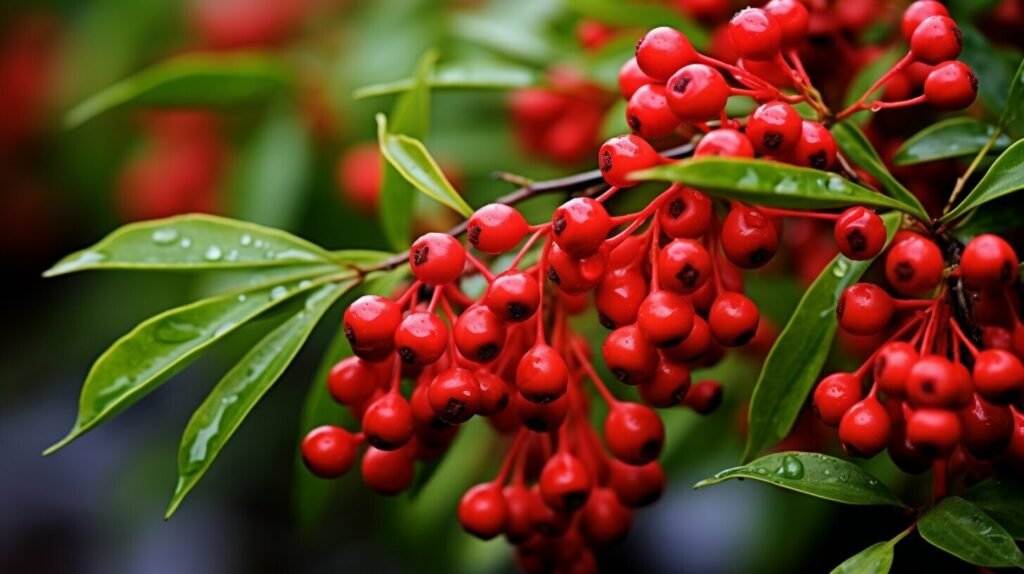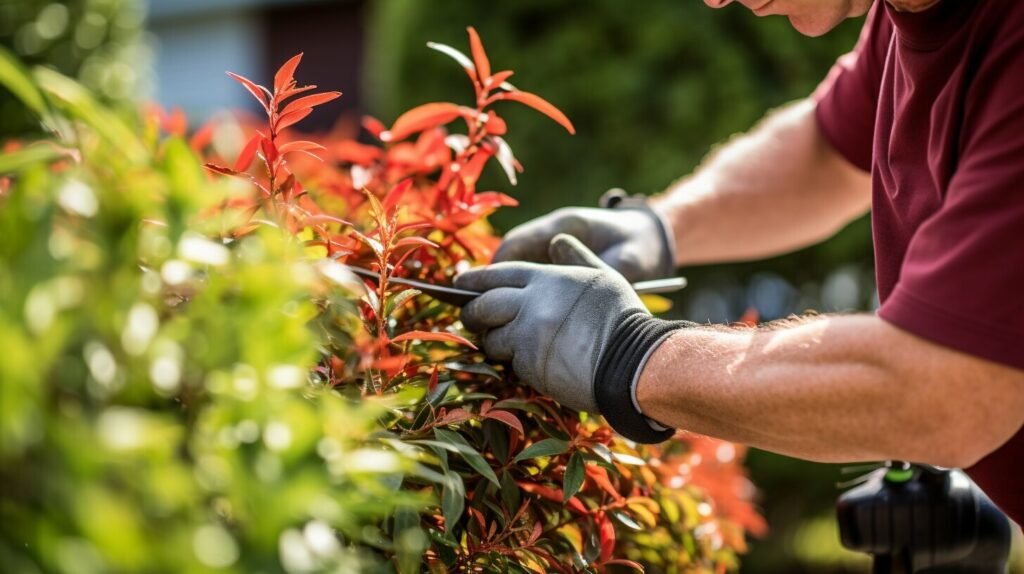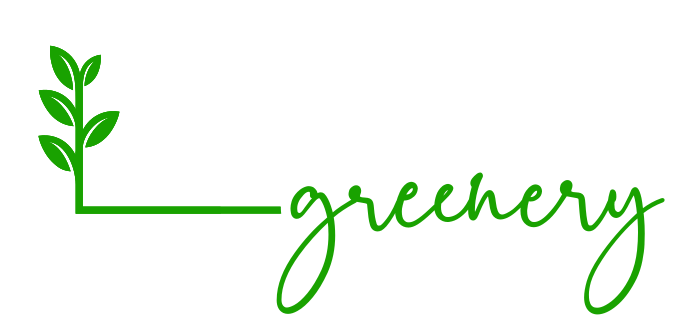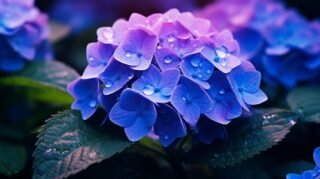Table of Contents
If you are wondering if Nandina Shrubs are suitable for your garden, landscaping, or backyard design, you might have asked yourself, “Are Nandina deer resistant?” In this comprehensive guide, we will answer your question and provide tips on how to protect your Nandina plants from deer damage.
Nandina (Nandina domestica), also known as heavenly bamboo, is a popular evergreen shrub in gardens and landscaping. Its attractive foliage, which changes color throughout the year, adds a unique visual appeal to any garden or landscape. However, despite its many benefits, Nandina can still fall victim to hungry deer, who may eat its tender new growth.
So, are Nandina deer resistant? While no plant can be completely deer-proof, Nandina is generally considered to be deer resistant due to its tough, leathery leaves and bitter taste. Let’s dive into the specifics of Nandina’s deer resistance and how to assess and protect your Nandina plants from deer damage.
Key Takeaways:
- Nandina is generally considered to be deer resistant, but not completely deer-proof.
- Hungry deer may eat the tender new growth of Nandina plants, especially during periods when other food sources are scarce.
- Nandina has the ability to rejuvenate and regrow even when heavily pruned or damaged by deer.
- There are several strategies to protect your Nandina plants from deer damage, such as choosing other deer-resistant plants, pruning your Nandina plants regularly, and creating physical barriers.
- By understanding how to assess and protect your Nandina plants from deer damage, you can confidently incorporate them into your deer-resistant gardens, landscaping, or specific garden designs.
When it comes to gardening, one of the biggest challenges for homeowners is deer damage. Deer can be hungry creatures and will eat a variety of plants in search of nutrition. While there are many plants that deer enjoy, there are also plenty of plants that deer tend to avoid. These plants are known as deer-resistant plants.
Deer-resistant plants are those plants that deer typically do not eat due to their taste, smell, or toxicity. It’s important to remember that no plant is truly deer-proof, but certain plants are less likely to be eaten by hungry deer. Understanding the concept of deer-resistant plants is crucial to any homeowner looking to preserve their garden or landscaping from deer damage.
There are many different lists of deer-resistant plants compiled by universities and experts in the field, featuring plants that are known to be less appealing to deer. Many of these lists include a variety of plants such as flowers, shrubs, and trees. By planting a selection of deer-resistant plants, homeowners can create a garden that is less likely to become a feast for deer.

It’s worth noting that these plants are often resistant to deer damage but may not be resistant to other forms of damage such as pests or disease. It’s crucial to research each plant before making any decisions regarding landscaping or gardening to ensure that the needs of the plant align with the needs of the space.
In conclusion, understanding the concept of deer-resistant plants is crucial for any homeowner looking to protect their garden or landscaping from deer damage. With many different lists of deer-resistant plants available, there are many options for homeowners to choose from. By planting a selection of deer-resistant plants, homeowners can create a space that is both beautiful and protected from hungry deer.
Nandina: An Overview
As a professional copywriting journalist, I want to provide you with a comprehensive understanding of Nandina plants and their features. Nandina is an evergreen shrub that is also known as heavenly bamboo due to its delicate leaflets that resemble bamboo leaves. This unique plant can grow up to 8 feet in height and is highly valued for its appearance in gardens and landscapes.
Nandina plants are also prized for their changing foliage throughout the year. In spring and summer, the leaves are green and provide an ideal background for other plants in the garden. In the fall and winter, the leaves take on a range of red, orange, and purple tones, providing a burst of color during the colder months of the year.
It is important to note that Nandina is a slow-growing plant and may take several years to reach its full height potential. However, this also means that it requires minimal maintenance, making it an ideal choice for those who want an attractive plant without the hassle of frequent upkeep.

“Nandina is a unique and versatile plant that can thrive in a variety of settings. Its delicate foliage and changing colors make it an ideal choice for adding visual interest to your garden or landscape.”
Assessing Nandina’s Deer Resistance
One common question among gardeners is, “Are Nandina deer resistant?” While Nandina is generally considered to be deer resistant, it is not completely immune to deer damage. Hungry deer may eat the tender new growth of Nandina plants, especially during periods when other food sources are scarce. However, Nandina has some features that make it less appealing to deer, such as its tough, leathery leaves and bitter taste.
If your Nandina plants have been badly damaged by deer browsing, there is still hope. One tip is to wait and see if the damaged plant will come back. Nandina has the ability to rejuvenate and regrow even when heavily pruned or damaged by deer. However, if you want to ensure that your Nandina plants remain healthy and undamaged by deer, it is best to take preventive measures.
By understanding how to assess the level of deer resistance of your Nandina plants, you can take appropriate steps to prevent deer damage. Regularly inspecting your Nandina plants for signs of deer damage, such as missing leaves and chewed stems, can help you determine if your plants are at risk. If you notice any damage, take action immediately to prevent further browsing.
Overall, while not completely deer proof, Nandina is still a great option for those looking to incorporate deer-resistant plants in their gardens or landscaping. If you are considering planting Nandina, it is important to understand its deer resistance features and how to protect it from deer damage.

“While Nandina is generally considered to be deer resistant, it is not completely immune to deer damage.”
Protecting Nandina from Deer Damage
If you want to maintain the deer resistant qualities of your Nandina plants, there are several strategies you can employ. One effective method is to choose other deer-resistant plants to accompany your Nandina in your garden. Combining Nandina alongside plants such as lavender, boxwood, and juniper can create a garden that is less appealing to deer.
Regular pruning can also help maintain the shape and look of your Nandina plants. Removing dead or damaged branches can improve the overall health of your plants and make them look less appealing to browsing deer. It is important to note that heavily pruning your Nandina plants may cause them to lose their beautiful shape and require time to recover.
Another physical barrier method to consider is the use of deer netting or fencing. Placing a barrier around your garden or individual plants can help prevent deer from accessing them. It is important to ensure that the netting or fencing is not visible or aesthetically detracting from your garden design.

It is important to consider the placement of your Nandina plants within your garden. Planting them in areas that are less visible or at the edge of your garden can deter deer from browsing. Deer are attracted to plants that are close to their feeding grounds and easily accessible.
Overall, by following these strategies, you can protect your Nandina plants from deer damage and maintain their beauty in your garden or landscaping.
Conclusion: Incorporating Nandina in Deer-Resistant Gardens
Incorporating Nandina in your garden or landscaping can add a unique visual appeal. While Nandina is generally considered to be deer resistant, it is important to understand how to assess and protect your plants from deer damage. By combining Nandina with other deer-resistant shrubs and plants, you can create a garden that is less attractive to hungry deer.
When planning your garden or landscaping design, consider using Nandina along with other deer-resistant shrubs, such as boxwood, barberry, and spirea. These plants are not only deer-resistant, but also complement the visual appeal of Nandina.
Creating a diverse garden also helps minimize the impact of deer damage. Deer are less likely to eat a mix of plants with different textures and aromas, so incorporating a variety of plants can be an effective deterrent against deer browsing.
In addition to plant selection, pruning and maintaining your Nandina plants can help deter deer. Keep your Nandina plants trimmed and shaped, making them less appealing to browsing deer. Additionally, creating physical barriers, such as fences or netting, can further protect your Nandina plants from deer damage.
Incorporating Nandina in your garden design can add a unique touch to your landscaping. By understanding how to assess and protect your plants from deer damage, and combining your Nandina with other deer-resistant plants, you can create a beautiful, low-maintenance, and deer-resistant garden.
FAQ
Q: Are Nandina plants deer resistant?
A: Yes, Nandina plants are generally considered to be deer resistant. However, they may still be eaten by hungry deer, especially during periods when other food sources are scarce.
Q: What does it mean for a plant to be deer resistant?
A: Deer-resistant plants are those that deer generally avoid eating due to their taste, smell, or toxicity. While no plant can be completely deer-proof, certain plants are less likely to be eaten by hungry deer.
Q: What is Nandina?
A: Nandina, also known as heavenly bamboo, is an evergreen shrub that can grow up to 8 feet in height. It features attractive foliage with delicate leaflets that change color throughout the year.
Q: Is Nandina completely immune to deer damage?
A: No, Nandina is not completely immune to deer damage. Hungry deer may eat the tender new growth of Nandina plants, especially when other food sources are scarce. However, Nandina has some features that make it less appealing to deer.
Q: How can I protect my Nandina plants from deer damage?
A: To minimize deer damage, you can choose other deer-resistant plants to accompany your Nandina, prune your Nandina plants regularly, and create physical barriers such as fences or netting.
Q: Can I incorporate Nandina in my deer-resistant garden or landscaping?
A: Yes, you can confidently incorporate Nandina in your deer-resistant garden or landscaping. By understanding how to assess and protect your Nandina plants from deer damage, you can create an effective deterrent against hungry deer.







